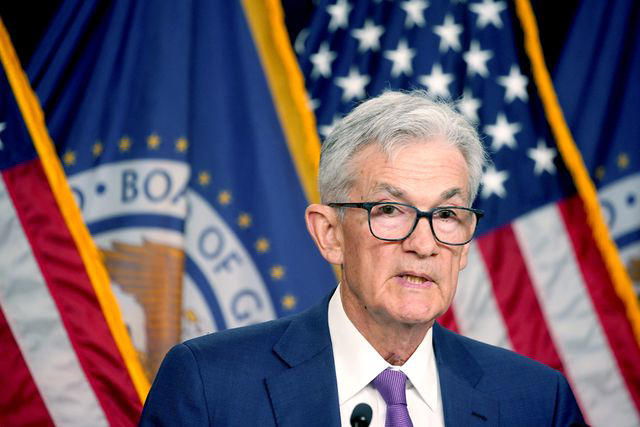The Federal Reserve’s July meeting, which commenced on Tuesday, is pivotal as it addresses the future direction of the fed funds rate, a crucial tool in shaping U.S. monetary policy. This two-day session, conducted by the Federal Open Market Committee (FOMC), comes at a time when the federal funds rate is held at a notable 23-year high, a stance maintained since July of the previous year. The high rate has been part of a broader strategy to curb inflation and cool down the economy, which has been under pressure from persistent price increases over the past few years.
The expectations surrounding this meeting are that the Fed will choose to keep the current interest rate unchanged when it announces its decision on Wednesday. This is largely in line with the central bank’s strategy, which has aimed to temper inflation without precipitating a severe economic slowdown. Despite some progress in moderating inflation since its peak in 2022, the situation remains fluid, and inflationary pressures have not yet fully abated. Additionally, the job market has shown signs of softening, with fewer new hires rather than an increase in layoffs, reflecting the Fed’s efforts to cool economic activity while trying to avoid a more drastic economic downturn.
Nevertheless, the prospect of future interest rate cuts is a topic of significant debate among economists and market watchers. Some analysts advocate for a rate cut at this meeting, arguing that the economic conditions might warrant such a move. However, this view is seen as unlikely given the current economic indicators and the Fed’s cautious approach. Conversely, other economists suggest that the Fed should wait until next year to begin reducing rates. The prevailing expectation is that the Fed might initiate rate cuts during its September meeting, allowing more time to assess economic data and trends before making such a pivotal decision.
A potential rate cut in September could be a contentious issue, particularly given the upcoming election year. Historically, the Federal Reserve has occasionally adjusted interest rates in advance of elections, but such decisions can be politically sensitive and may attract scrutiny. Despite this, the Fed has a track record of acting in what it deems to be the best interest of economic stability, irrespective of political considerations.
Fed Chair Jerome Powell will play a crucial role in shaping the market’s expectations when he addresses the media following the meeting’s conclusion on Wednesday. Powell’s remarks are anticipated to focus on the Fed’s shift from a primary emphasis on fighting inflation to balancing its dual mandate of supporting employment and maintaining price stability. While Powell is expected to reiterate this balanced approach, it is unlikely that he will provide specific guidance on the exact timing of future rate cuts. This lack of detailed forward guidance will leave investors and economists to interpret the Fed’s stance based on broader economic trends and the central bank’s statements.
The outcome of this meeting and Powell’s subsequent comments will be instrumental in shaping market expectations and influencing financial conditions. The Fed’s decisions regarding interest rates will have far-reaching implications for the broader economy, including impacts on borrowing costs, consumer spending, and overall economic growth. As such, the deliberations and announcements from this meeting are highly anticipated, with significant attention paid to any signals or indications about the Fed’s future monetary policy direction.
